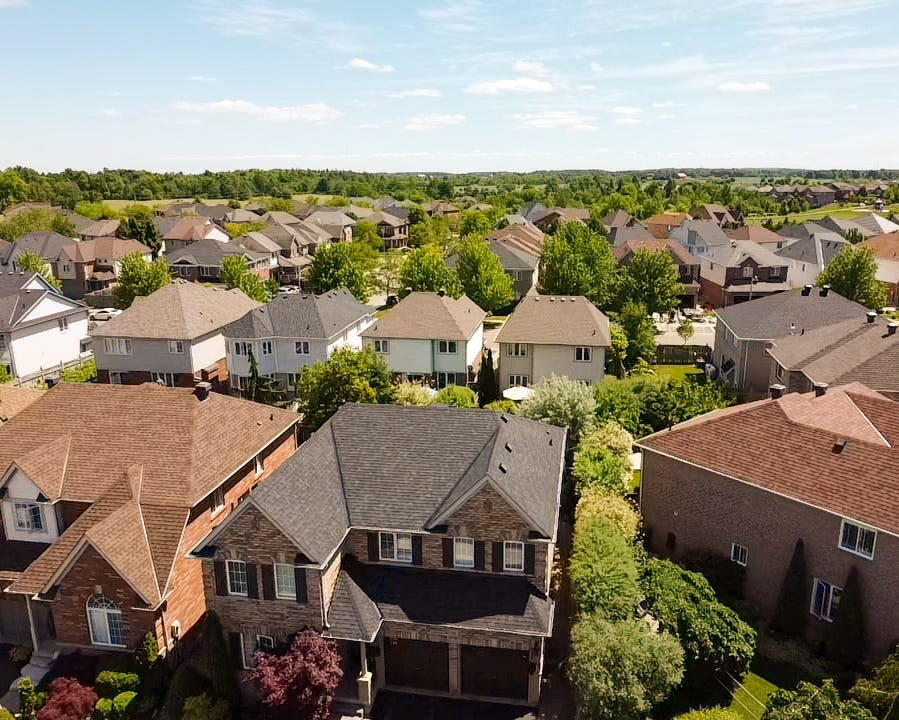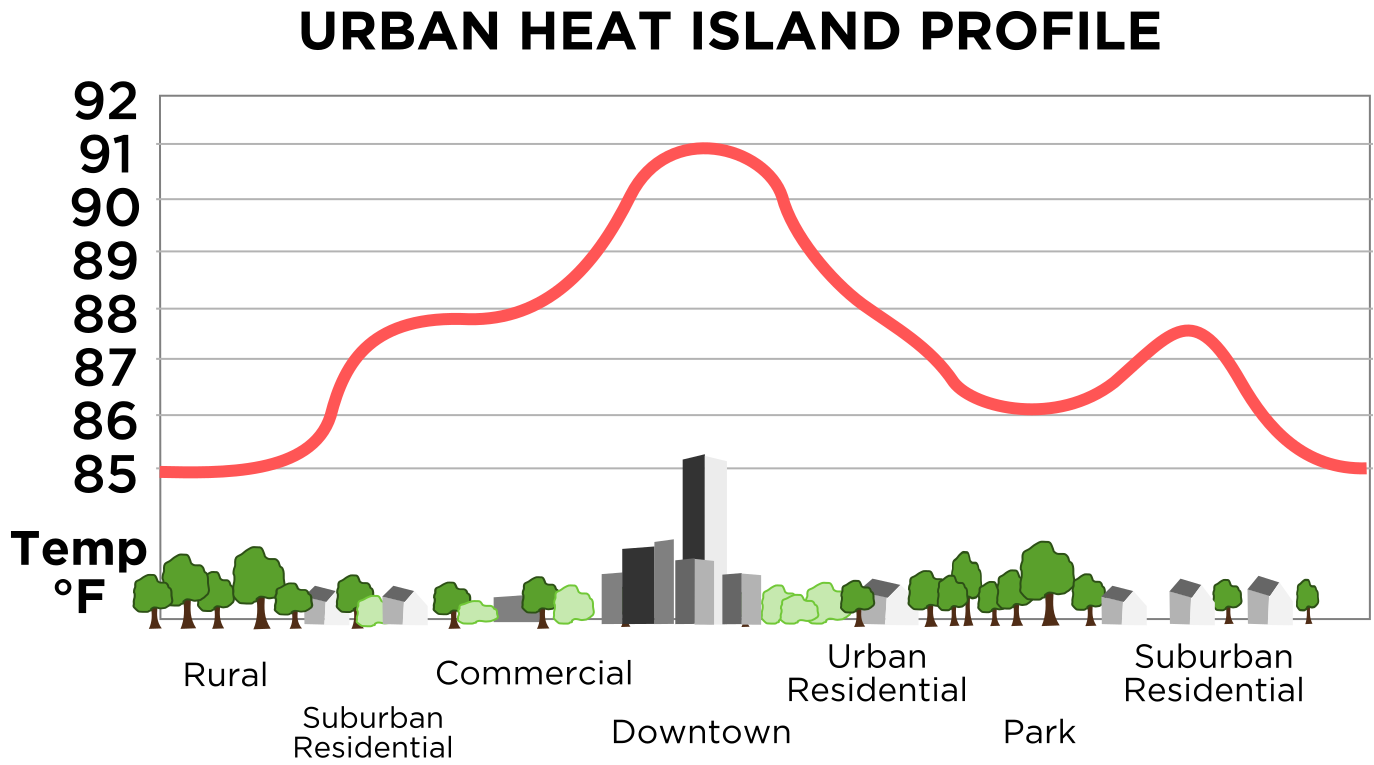Why Trees Could Be Halton Hills’ Best Defence Against a Changing Climate
Amid rising heat and smoky summers, local experts say planting trees is one of the simplest, most effective tools residents have to protect their community from a changing climate.

After a summer of searing heat and smoky skies, Halton Hills residents have felt the effects of a changing climate this summer, and the town’s best defence may already be rooted in the ground.
“Planting a tree is really one of the simplest actions that people can take towards climate change adaptation,” said Yvette Roy, Program Manager of the Ecosystems and Climate Change Strategies Program at Credit Valley Conservation.
While air conditioning can provide short-term relief, it also strains the power grid and drives up energy bills. Trees, on the other hand, offer a natural, low-cost way to keep communities cool, while also improving air quality.
“Trees are nature’s air conditioner,” Roy said. “Trees cool the local environment in two ways, both from directly providing shade, as well as through a process called evapotranspiration.”
Catherine Edwards, Environment and Natural Assets Specialist at the Town of Halton Hills, explained the process:
“Trees absorb water through their roots. The water gets transported through the trees and is released through the leaves,” which cools the air.
Roy likened it to how humans deal with heat, saying it’s “very similar to how sweat cools a human body.”
Together, these processes create a microclimate that “lower[s] the surrounding temperatures,” Edwards explained, adding that, “Beyond just feeling cooler when standing under a tree’s shade, extensive academic research has shown that trees definitively lower local temperatures.”
The Urban Heat Island Phenomenon
A lack of trees can also create a different type of microclimate, known as an urban heat island. Edwards notes that “the urban heat island effect is a phenomenon where concrete, glass, and asphalt absorb heat much better than vegetation.”
This means that areas dense with urban infrastructure and lacking trees will heat up faster than the surrounding areas.

But she added that, “When solar radiation is intercepted by vegetation instead of these materials, the ambient temperature and atmosphere around those materials heats up significantly less,” stressing the impact that trees have on regulating temperature.
Roy confirmed this, adding, “What we see from those satellite images [is] that the rural areas and the urban areas can have a difference of up to 10 degrees Celsius in surface temperature.”
What can residents do?
The Town of Halton Hills has acknowledged the need to expand the canopy, but as Edwards highlighted, they can’t do it alone.
“A lot of the land in the town is not town-owned. The majority of land is privately owned,” she said, adding, “We really also need the public to take action on their own properties.”
In 2021, the Town of Halton Hills stated it had an average canopy cover of 32%, but this could range from 7.2% to over 40% because it is not evenly distributed.
Residents can take advantage of programs offered by Credit Valley Conservation, Roy stated, “We have a program called the Sustainable Neighbourhood Action Plan (SNAP) program, and that program is working with neighbourhoods to develop community-level environmental plans and help build those climate-ready communities. And in Halton Hills, there is the Hungry Hollow SNAP, which is in Georgetown. And then, very recently, an Acton SNAP.”
Roy added, “The best way is to visit cvc.ca/trees, and then there is information on our sustainable neighbourhood action programs.”
The Town of Halton Hills has also launched an online survey for feedback on where trees might be needed on Town property, with Edwards saying, “It’s basically a page to engage residents in asking their opinions on where they would like to see trees planted. We have an interactive map feature that allows people to pinpoint areas that they feel are lacking trees or could use more trees.”
Edwards also noted, “A big part of how we decide where to plant trees is service requests.”
With programs available and the impact clear, Halton Hills residents can shape the town’s climate resilience, one tree at a time.
Follow the Field & Shutter Press
Instagram | YouTube | BlueSky
Have a tip, story idea, event, or want to appear as a guest column? Contact us.

